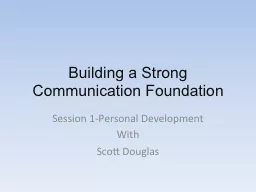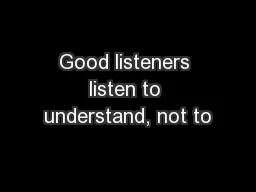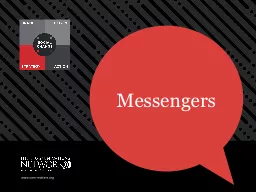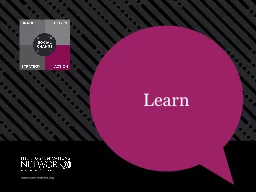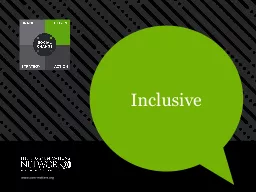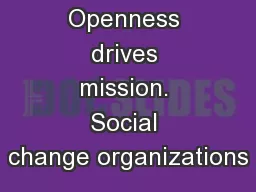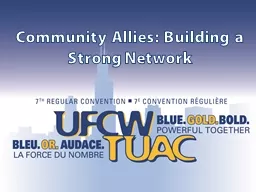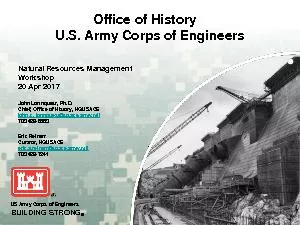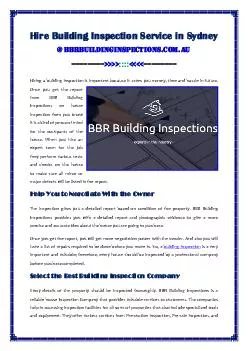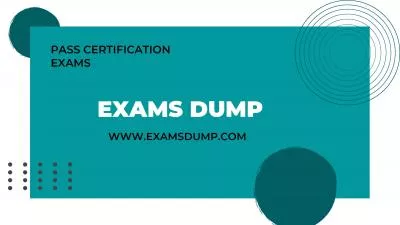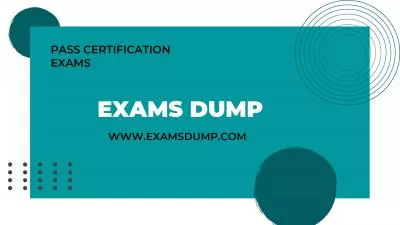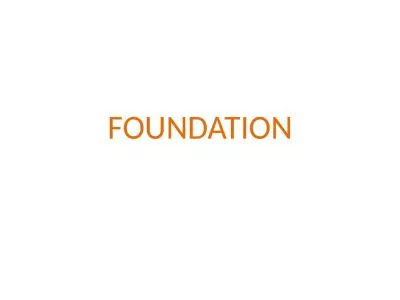PPT-Building a Strong Communication Foundation
Author : test | Published Date : 2016-07-12
Session 1Personal Development With Scott Douglas 2 Thinking ahead Do you know your role in communication Can you gather and give information effectively Can you
Presentation Embed Code
Download Presentation
Download Presentation The PPT/PDF document "Building a Strong Communication Foundati..." is the property of its rightful owner. Permission is granted to download and print the materials on this website for personal, non-commercial use only, and to display it on your personal computer provided you do not modify the materials and that you retain all copyright notices contained in the materials. By downloading content from our website, you accept the terms of this agreement.
Building a Strong Communication Foundation: Transcript
Download Rules Of Document
"Building a Strong Communication Foundation"The content belongs to its owner. You may download and print it for personal use, without modification, and keep all copyright notices. By downloading, you agree to these terms.
Related Documents

